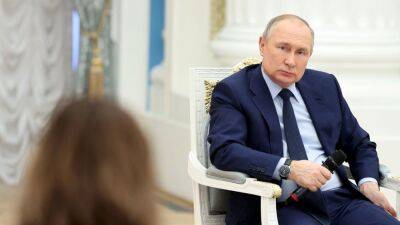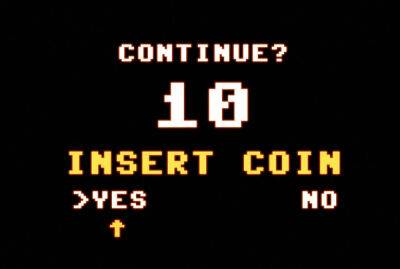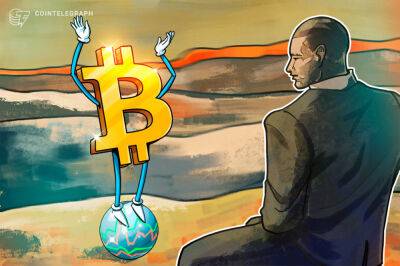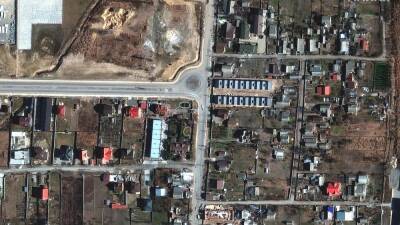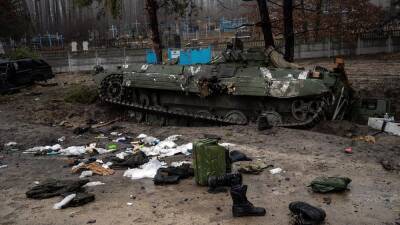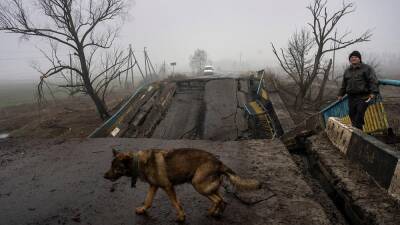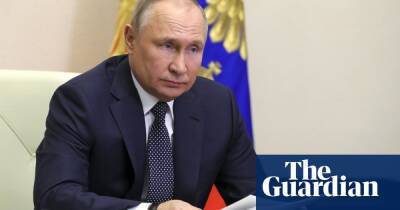Why is Vladimir Putin demanding Russian gas is paid for in roubles?
Vladimir Putin has demanded payment in roubles for Russian gas sold to “unfriendly” countries, setting a deadline of 31 March.
It is not clear whether he plans to tear up existing contracts that set the price in euros or dollars, but Germany, which relies on Russia for 40% of its gas supplies, is not taking any chances, warning large industrial gas users that a standoff is possible and rationing is one possible outcome.
Here we ask why payment for Russian exports in roubles has become a major issue for the Kremlin, and whether Putin could extend the plan to include exports of oil, grain, fertilisers, coal, metals and other key commodities.
In the aftermath of the Russian invasion the value of the rouble fell off a cliff. It fell from about 85 to the euro last year to 110 as the tanks rolled across Ukraine’s borders. Only an intervention by the Russian central bank it stood at 94.1 to the euro.
With the rouble trading at such low levels, Russian exports were going to bring in less money to subsidise state services and fund the war than previously expected.
A higher valued rouble will not only bring in more cash, it is also a matter of pride that trading nations are prepared to pay for Russian exports in the Russian currency. A larger pool of roubles, generated by the demand from foreign countries and companies for Russian goods, would allow Moscow to challenge the US dominance, via the dollar, of global money markets, although it is not clear why China would support such a plan.
Some analysts have also speculated that dollars and euros are less useful to Moscow while sanctions are tightening. For instance, without access to dollars and euros via international exchanges, Russia is also proposing to pay the interest on its
Read more on theguardian.com


